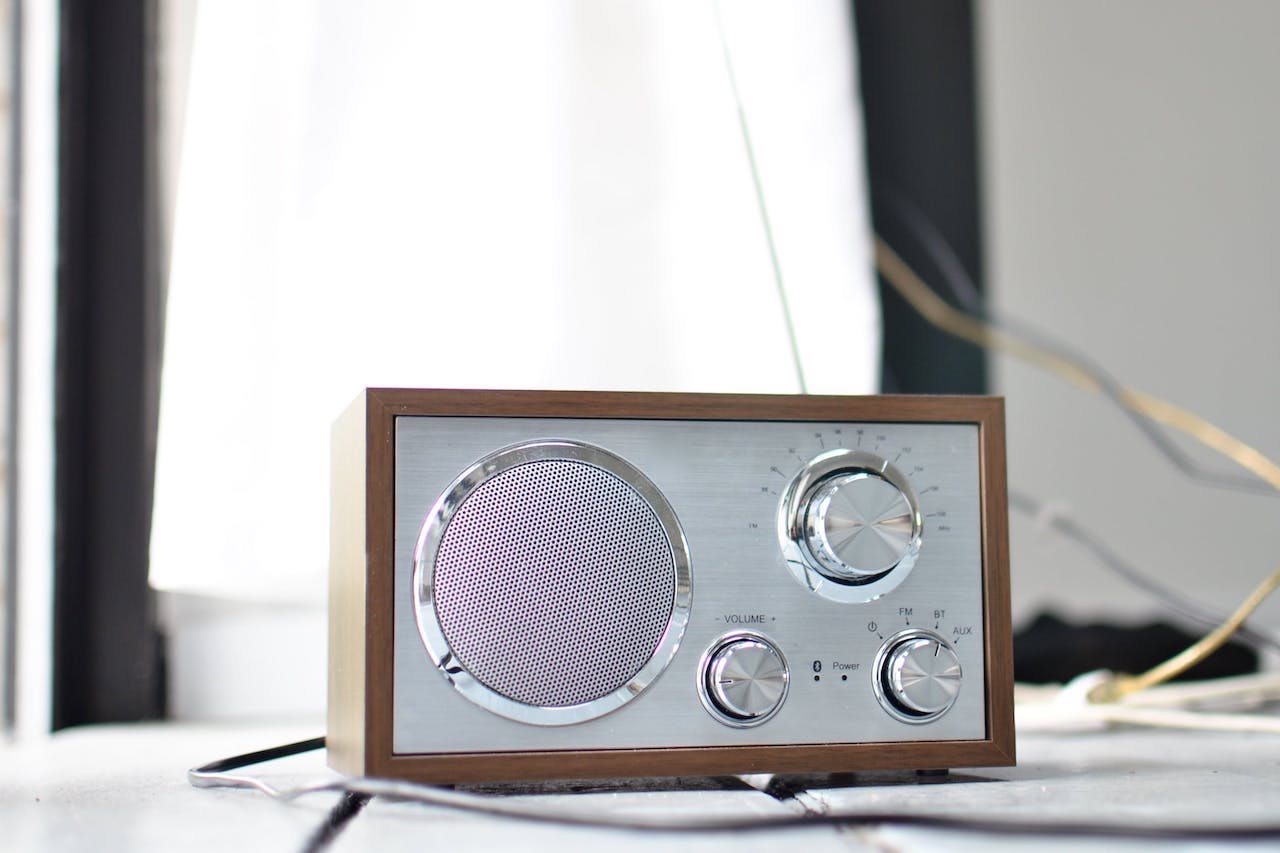- HOME
- Infrared Sauna Benefits
- Sleep Improvement
Does
Infrared Sauna Before Bed Help You Sleep?

Can an infrared sauna session before bed truly improve your sleep? In modern society millions of people wrestle with sleepless nights. The quest for a peaceful slumber is more than a dream—it's necessary.
The struggle with sleep issues is a silent battle many face, night after night, seeking refuge in a stillness that seems to be just out of reach. In this blog post we'll look into the background of sleep problems and how infrared saunas could offer a contribution to a good night's rest.
Sleep (Deprivation) In The Modern World
The Sleep Deficit Dilemma
In the endless stream of stressful demands of today’s society, and under the continuous bombardment of our senses by ever increasing stimuli, the need for sleep is often neglected. This results in widespread sleep deprivation among adults in the United States.
The Behavioral Risk Factor Surveillance [1] findings reveal a consistent issue with short sleep duration among U.S. adults from 2013 to 2020. Defined as getting less than 7 hours of sleep per 24-hour period, this issue affected 34.8% of the adult population in 2020, almost unchanged from previous years. More than a third of all adults don’t get enough sleep.
Insufficient sleep impacts personal well-being, but is also linked to serious health issues like obesity, heart disease, and depression. Research highlights that poor sleep weakens our immune system, increases inflammation, and raises the risk for chronic conditions [2].
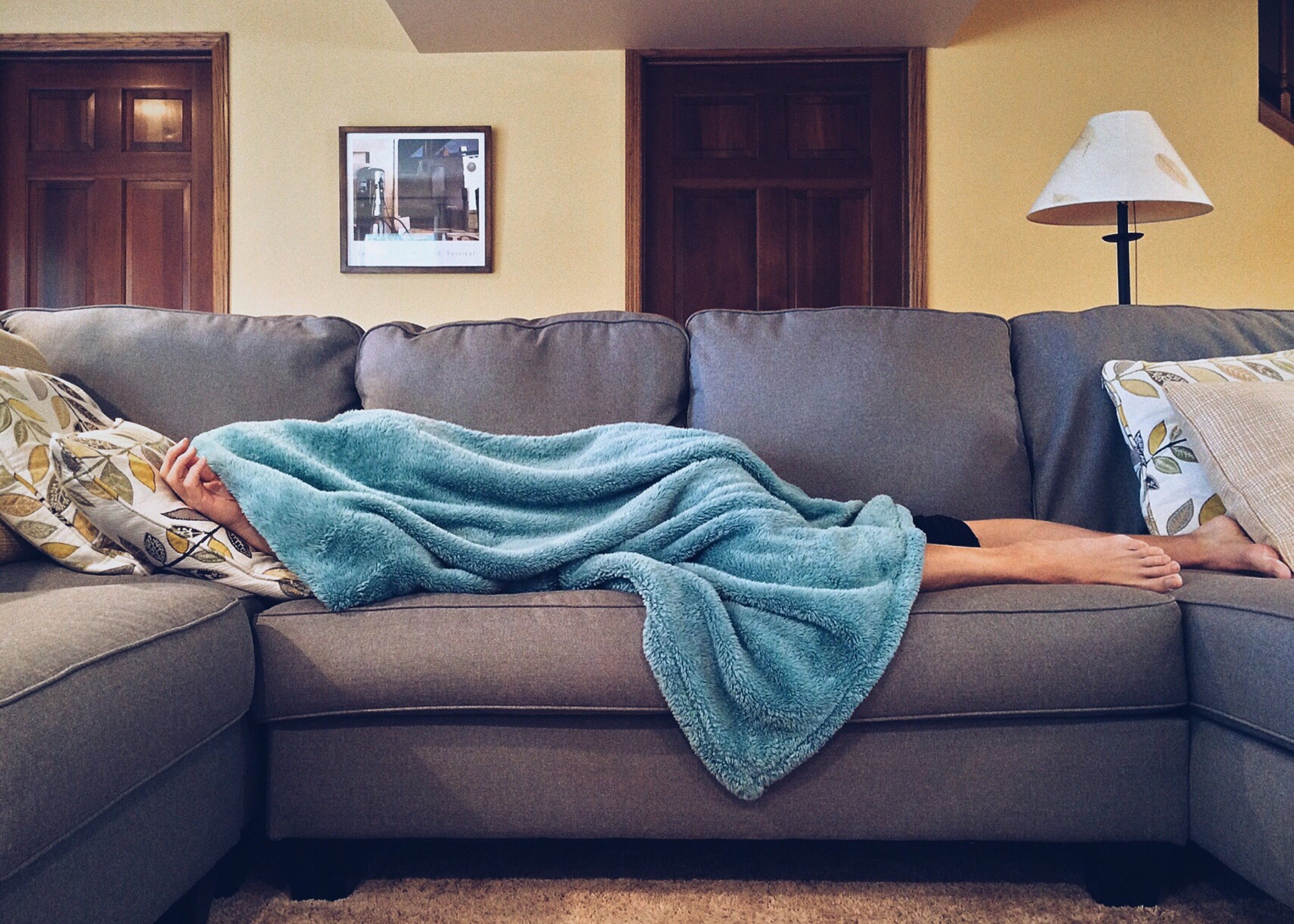
The Rhythm of sleep
Central to restful sleep are circadian rhythms [3], the body's internal clock that maintains the balance between wakefulness and rest. They are aligned with the natural day-night cycle and regulate essential functions such as hormone release and body temperature.
Melatonin [4], known as the "hormone of darkness," plays a key role. As daylight dims, the pineal gland [5]—a pea-sized organ in the brain—senses less light and increases melatonin production.
This signals the body it's time for rest, and aligns our sleep patterns with the night and promotes a state of calm. Next, our bodies naturally begin to cool down, a critical physiological change that further cues the onset of sleep.
This cooling aligns with the circadian rhythm's regulation of body temperature, reinforcing the body's call for sleep readiness. The interplay between this temperature reduction and melatonin release is essential to initiate a restful sleep cycle.

Navigating Modern Sleep Challenges
Yet, modern lifestyles pose challenges to these natural rhythms. Factors such as artificial lighting, irregular sleep schedules, the constant pull of electronic devices, and the demands of shift work all compete for balance with our body's internal clock.
Moreover, the relentless stress of daily life further worsens sleep issues, adding to the snowball effect on our ever diminishing sleep quality.
Managing these elements to protect our circadian rhythms and melatonin production is paramount, yet in today's always-on world, it becomes harder and harder to achieve such a balanced state. The compounded disruptions can lead to major sleep problems.
This underlines the need for solutions that support our natural sleep patterns. In this context, we may ask: Can infrared saunas help balance our circadian rhythm so that we improve our sleep?
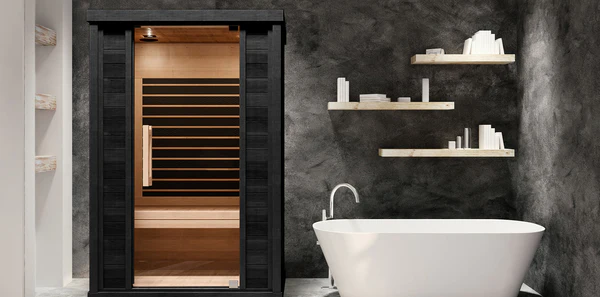
Infrared sauna promotes sleep quality
A session in an infrared sauna as part of your pre-sleep routine could be a game-changer. Unlike conventional saunas that heat the air around you, infrared saunas directly warm the tissues of your body.
This promotes deep muscle relaxation and improved blood circulation, setting a foundation for a good night's sleep.
The transition from the sauna's warmth to the cooler ambient temperature mimics the body's natural nighttime temperature drop, signaling your brain to enter 'sleep mode'.
The principle behind the beneficial effects of infrared saunas on sleep is similar to that of taking a warm bath before bed. The subsequent cooling of your body post-sauna can hasten the onset of sleep, making it easier to drift off even on warmer nights.
By effectively managing your body temperature and embracing relaxation, an infrared sauna session before bed could be the key to unlocking the restful night's sleep you've been dreaming of. However, it's crucial to time your sauna sessions wisely.
The sauna experience can also trigger the release of adrenaline, a hormone associated with energy and alertness.
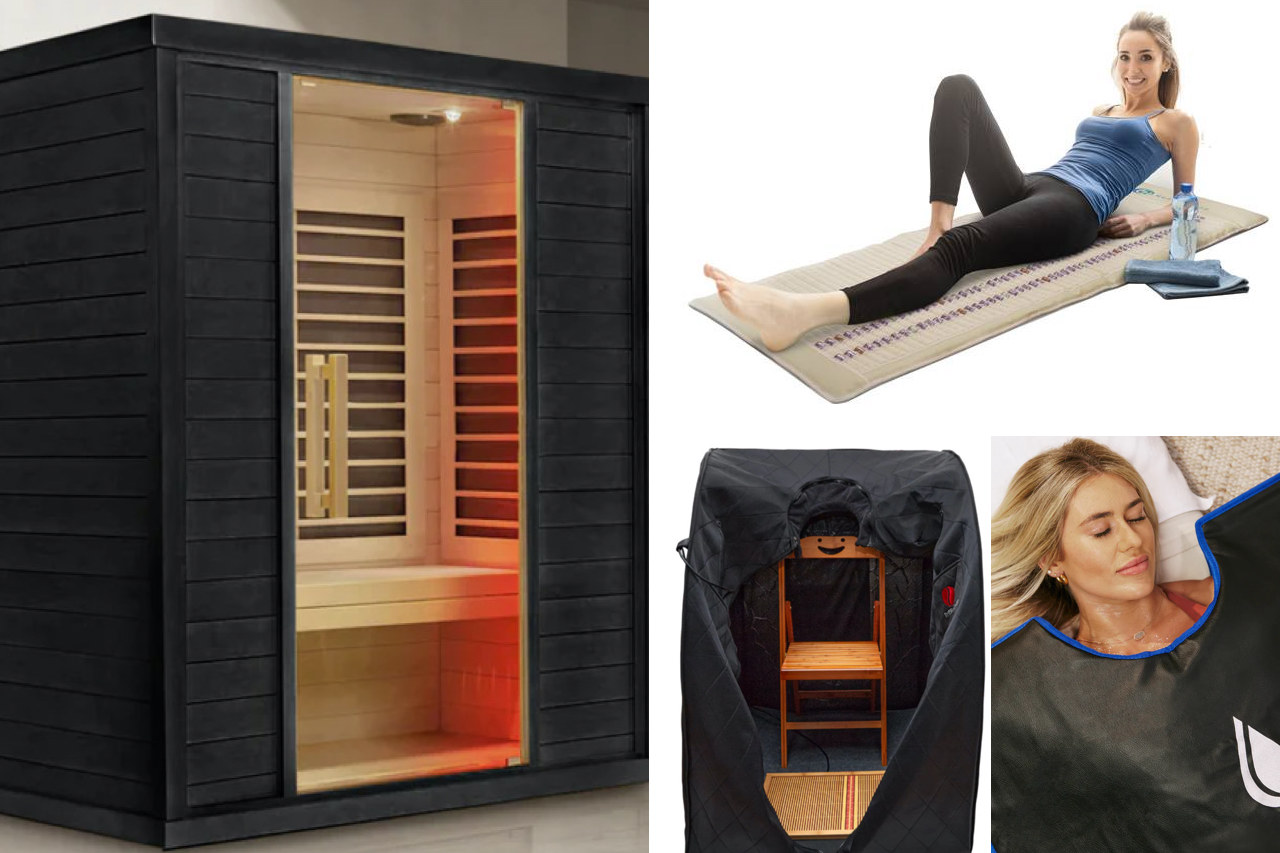
Infrared saunas come in all types: from blankets to cabins
What does research say
Although plenty of research highlights the indirect effects of infrared saunas on sleep quality—such as stress reduction, muscle relaxation, and improved circulation—the direct impact on sleep in healthy individuals hasn't been specifically studied.
While no studies have directly explored this, related research offers valuable insights into the potential benefits:
Far-infrared sheets improve sleep quality
One study on far-infrared bedsheets [6] showed that their use led to improved sleep experiences among healthy adults. The far-infrared energy, by warming the skin, seemed to promote relaxation and reduce insomnia symptoms. However, these benefits ceased when the use of the special bedsheets ended, hinting at a link between far-infrared exposure and sleep improvement.
Near-infrared light benefits mild sleep complaints
Another investigation into near-infrared light (NIR) exposure found that while it boosted overall well-being and health, especially during the less sunny winter months, it didn't directly enhance sleep quality or alter circadian rhythms. This suggests that NIR's mood-lifting and drowsiness-reducing effects might not translate into better sleep. [7]
MELATONIN: LINKED TO DARKNESS AND NEAR-INFRARED LIGHT'S CELLULAR EFFECTS
Most interesting were the findings of a 2022 research [8]. This study illuminates the dual role of melatonin, as a harbinger of night but also as a beneficiary of near-infrared light (NIR), commonly found in sunlight. Unlike the disruptive effects of visible light at night on melatonin synthesis, NIR is suggested to boost melatonin production. This insight underlines the importance of balancing light exposure: minimizing visible light at night while embracing natural light during the day, including NIR, could be key to boosting melatonin levels and overall well-being.
The studies on far-infrared bedsheets and near-infrared light exposure, alongside the latest research on melatonin and NIR, collectively suggest that infrared saunas may benefit sleep quality through relaxation and well-being enhancements. These insights, while promising, highlight the need for more focused research to confirm and detail the specific sleep benefits of infrared sauna use.
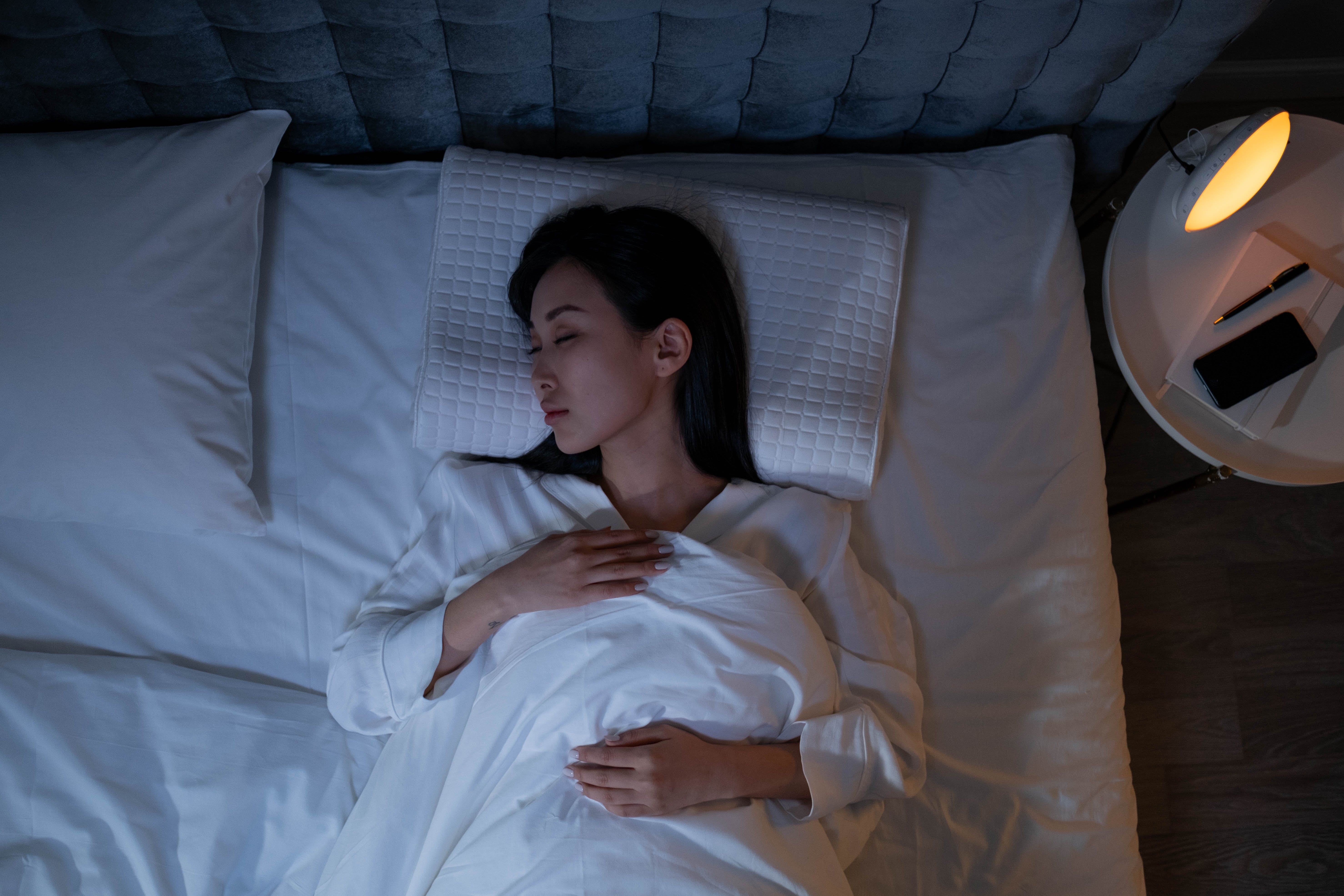
Guideline for a good night’s sleep
Ready to surrender to Morpheus and cast aside those restless nights? Start your nightly relaxation with an infrared session.
Timing is key: Ideally plan your sauna session 1-2 hours before bedtime. This allows your body to cool down and signals to your body that it is time to relax.
Duration Matters: Start with shorter sessions of about 5-10 minutes and gradually increase to no more than 30 minutes as you become accustomed to the heat and observe how your body reacts.
Frequency for Effectiveness: Begin with 2-3 sessions per week, monitoring your body's response. You can adjust the frequency based on personal comfort.
Cool Down: After your session, allow time for your body to cool down naturally. Engage in a relaxing activity such as reading or gentle stretching to transition smoothly into sleep mode.
Hydrate Well: Infrared saunas induce sweating, so it's crucial to drink plenty of water before and after your session to stay hydrated.
Every individual's body reacts differently to infrared sauna therapy. Pay close attention to how your body feels during and after sessions. Adjust timing, duration, and frequency to suit your personal comfort and health needs. If you have existing health conditions, especially cardiovascular issues, skin disorders, or are pregnant, it's essential to consult with a healthcare provider before starting infrared sauna therapy to ensure it's safe for you.
If you long for a reprieve from sleepless evenings, a comfy session in the infrared sauna before bed might be part of the solution you've been dreaming of, and give you a well-earned nighttime retreat.
Explore more solutions to improve your relaxation routine:
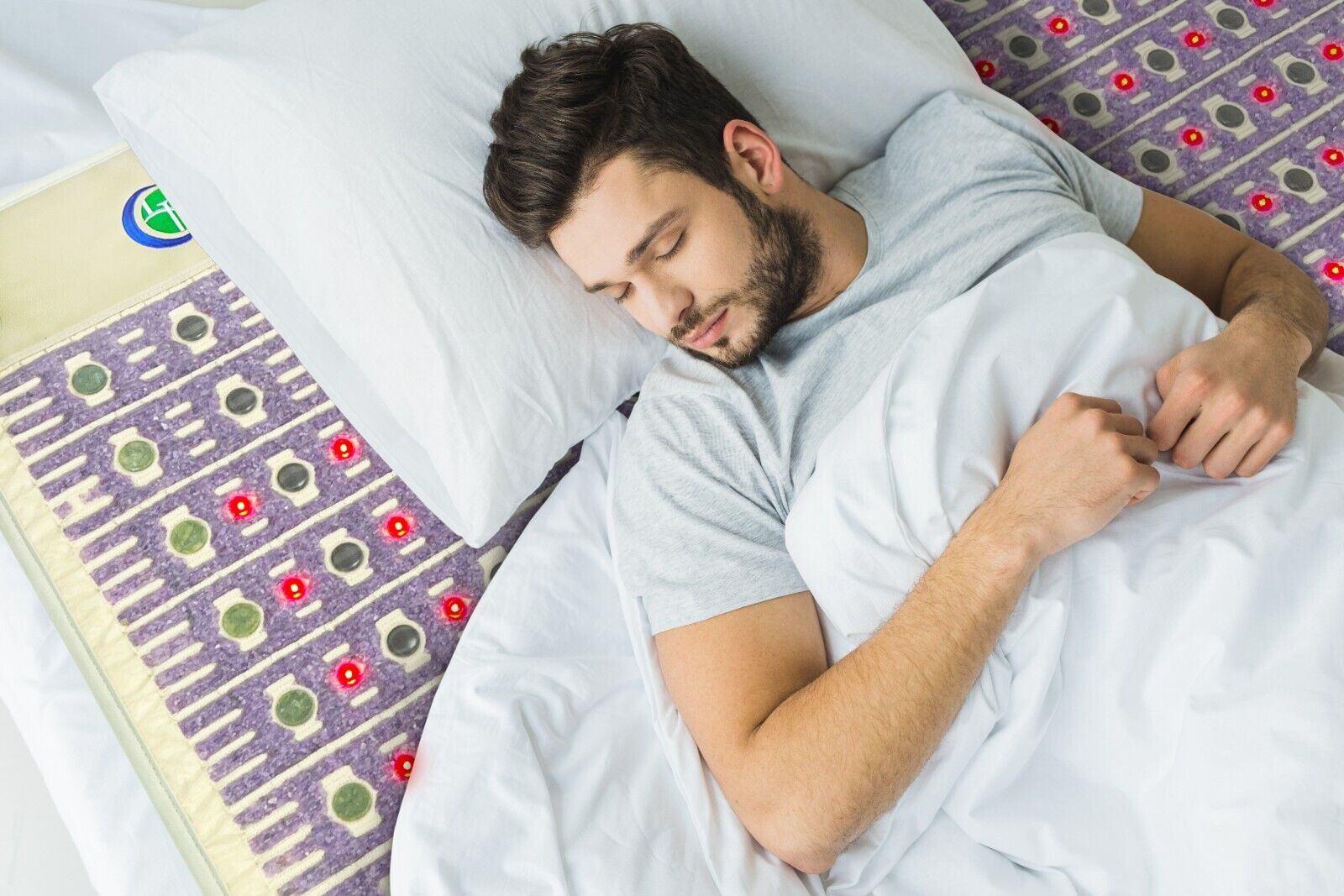
Infrared PEMF Mats: Your Night Watch
Discover Restorative Sleep with PEMF Mats and Sauna Blankets
While traditional infrared sauna cabins are well-known, the infrared sauna blanket and PEMF mat offer unique advantages tailored to modern lifestyles.
Infrared sauna blankets provide the same health benefits as cabins but are more accessible, starting at $140. Weighing about 20 pounds, they are portable and easy to store, making them ideal for small living spaces or for those who travel frequently.
On the other hand, full-body PEMF therapy mats, typically weighing around 40 pounds, are best suited for permanent setups. These mats are perfect for enhancing nighttime relaxation: you can place them directly on your bed, and at lower temperatures, they gently support your sleep throughout the night, acting as your silent guardian.
If you want to learn more about how PEMF mats can help improve your sleep, check out our PEMF for sleep blog post.
Want to explore your options further? Visit saunace.com for in-depth reviews, comparisons, and tips on choosing the best sauna blanket or PEMF mat for your lifestyle.

Diane Sargent
Did you enjoy this article? You might find these articles of interest as well
References
1. Centers For Disease Control and Prevention (CDC), Behavioral Risk Factor Surveillance System, https://www.cdc.gov/sleep/data-research/facts-stats/adults-sleep-facts-and-stats.html
2. Michael R. Irwin, Why Sleep Is Important for Health: A Psychoneuroimmunology, PubMed, Perspective, https://www.ncbi.nlm.nih.gov/pmc/articles/PMC4961463/
3. Sheikh Saba Naz et al., Interaction between Melatonin, Sleepiness-Alertness and Body, Sleep Medicine, in: Asleep or Awake? Temperature, https://www.intechopen.com/chapters/87715
4. WebMD, Melatonin - Uses, Side Effects, and More, https://www.webmd.com/vitamins/ai/ingredientmono-940/melatonin
5. Cleveland Clinic, Pineal Gland, https://my.clevelandclinic.org/health/body/23334-pineal-gland
6. William Vaughn McCall et al., The effect of far-infrared emitting sheets on sleep, Research Journal of Textile and Apparel https://www.researchgate.net/publication/326659879_The_effect_of_far-infrared_emitting_sheets_on_sleep
7. Marina Cecilia Giménez et al., Effects of Near-Infrared Light on Well-Being and Health in Human Subjects with Mild Sleep-Related Complaints: A Double-Blind, Randomized, Placebo-Controlled Study, RUG, https://research.rug.nl/en/publications/effects-of-near-infrared-light-on-well-being-and-health-in-human-
8. Dun-Xian Tan et al., Melatonin: Both a Messenger of Darkness and a Participant in the Cellular Actions of Non-Visible Solar Radiation of Near Infrared Light, MDPI, https://www.ncbi.nlm.nih.gov/pmc/articles/PMC9855654/


